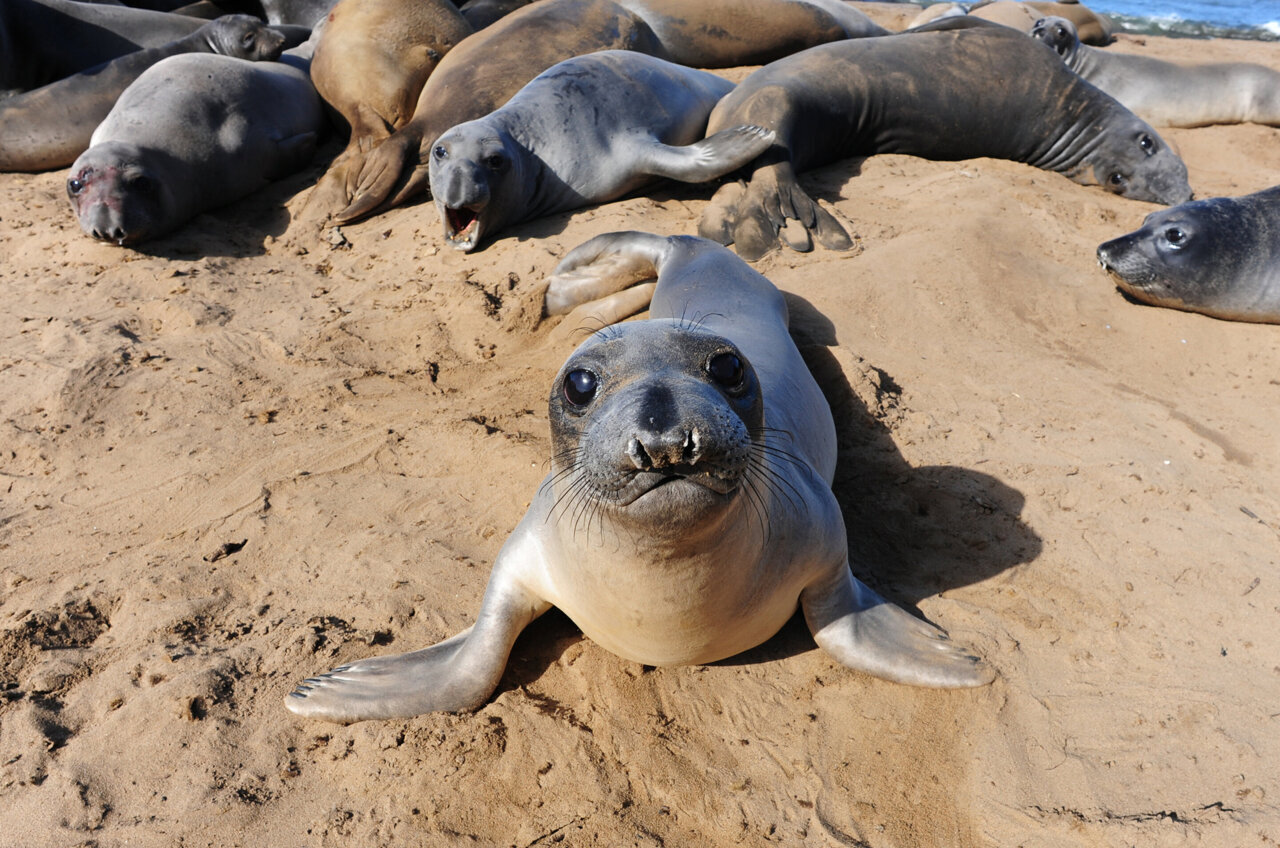New findings on northern elephant seals indicate that their reproductive and foraging success has been influenced by a population bottleneck that nearly led to their extinction, potentially rendering them more susceptible to environmental changes in the future.
The northern elephant seal, a renowned species inhabiting the easily accessible Pacific coastline of Mexico and North America, is known for breeding on beaches. Historically, during the 19th century, they were extensively hunted for the oil obtained from their blubber, with the population dwindling to near extinction. The species was believed to have vanished after the last few remaining individuals were captured in 1892.
Fortunately, a small group of around 20 individuals managed to survive, leading to a remarkable recovery. In less than 150 years, the population has rebounded to over 200,000, appearing robust and sustainable.
A study conducted by Durham University in collaboration with researchers from the U.S. and China has shed light on the lingering effects of the bottleneck on crucial genes related to foraging efficiency in the seals. Published in the journal “Nature Ecology & Evolution,” the research titled “Genomics of post-bottleneck recovery in the northern elephant seal” delves into this phenomenon.
By examining the genetic makeup of nearly 270 northern elephant seals pre- and post-bottleneck, the research team uncovered a significant loss of genetic diversity directly attributed to the bottleneck event, impacting the overall fitness of the present-day population.
The study identified three main consequences of the post-bottleneck scenario: decreased diversity, reduced reproductive success in both female and male seals, and compromised dive performance. These factors collectively render the species vulnerable to potential environmental challenges in the future.
A key aspect of elephant seal behavior is their extensive deep-sea diving expeditions to gather fat reserves for fasting periods. The study revealed that individuals carrying genes affected by the bottleneck exhibited lower diving proficiency.
In the mating hierarchy, male seals compete for control over large groups of females. However, the research highlighted that certain males had genetic impairments affecting their reproductive capabilities. On the other hand, females experienced an overall decrease in genetic diversity, leading to diminished lifetime reproductive success.
Professor Rus Hoelzel from the Department of Biosciences at Durham University emphasized the impact of increased inbreeding, retention of non-functional genes, and genetic frequency distortion on the fitness of post-bottleneck elephant seals. While the species has shown remarkable recovery, these findings underscore concerns regarding their resilience to future environmental pressures.
